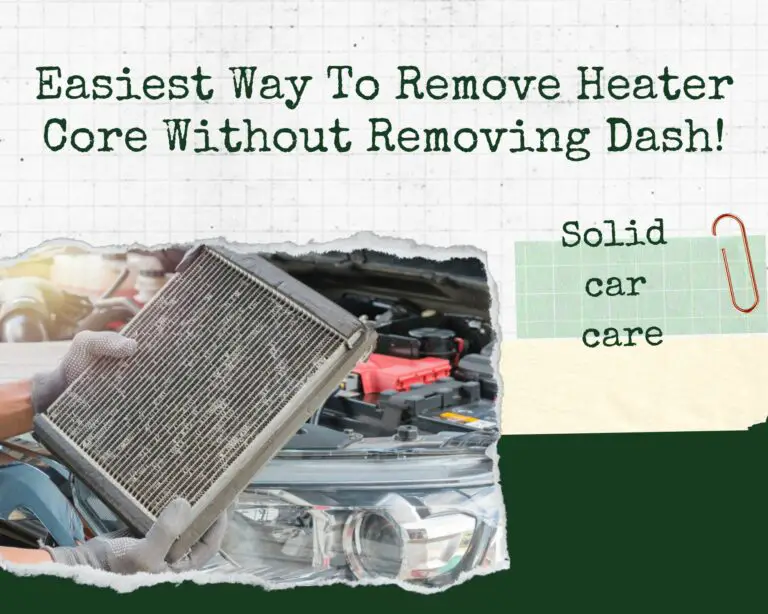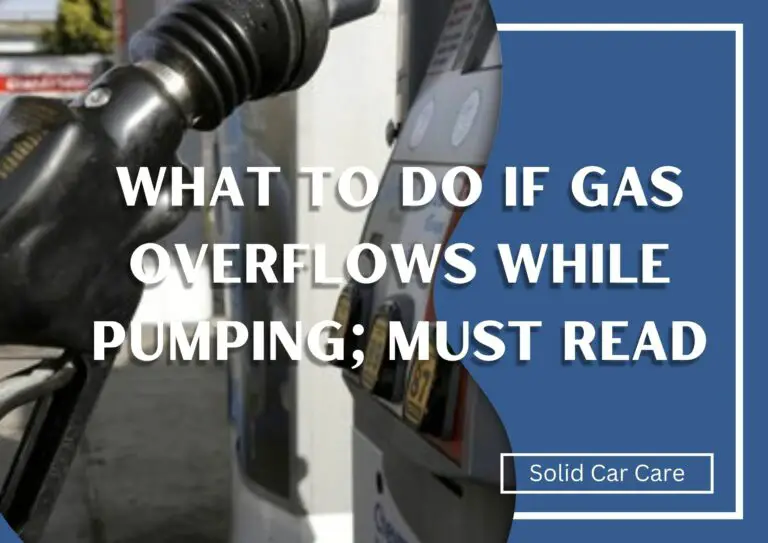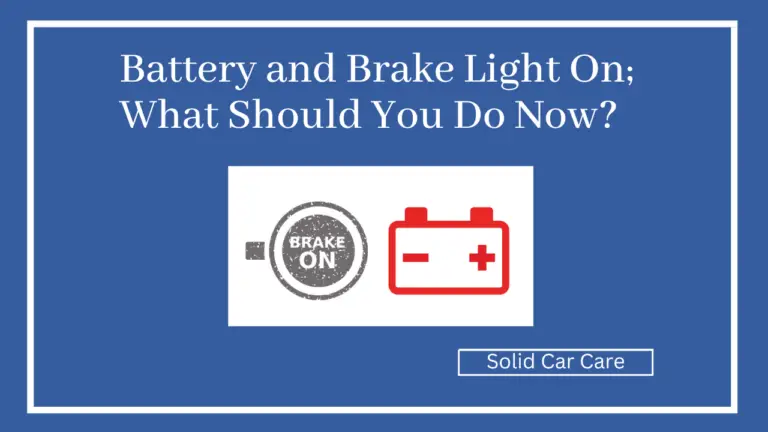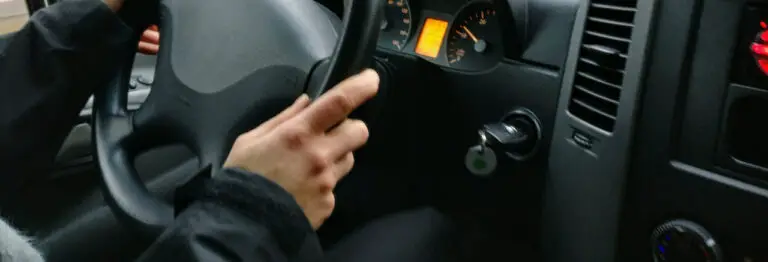How to Bypass EVAP Canister? Exploring the Considerations and Implications
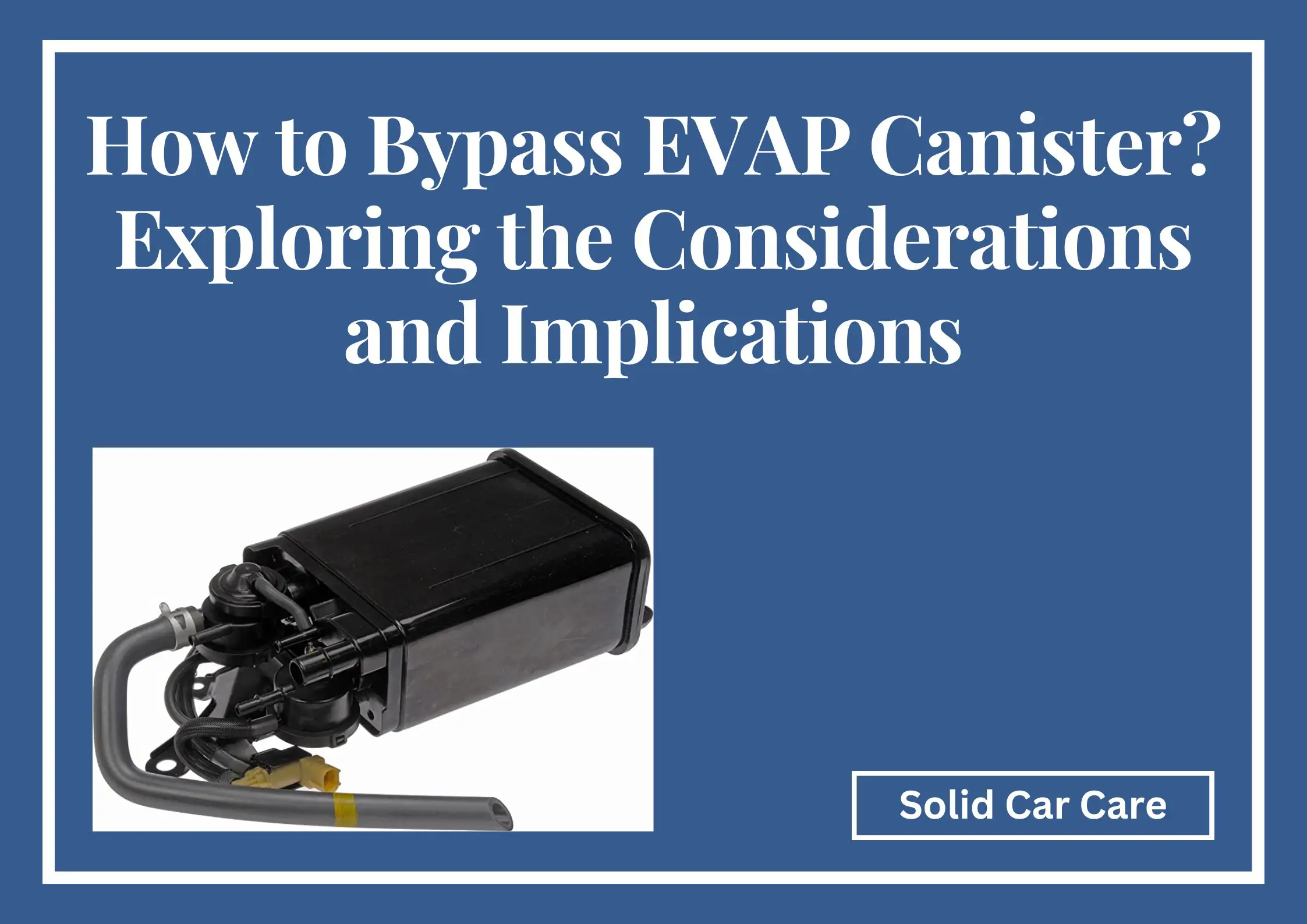
Have you ever wondered about bypassing the Evap canister in your vehicle? This article delves into the concept of bypassing the Evap canister, explaining its function and exploring the reasons why someone might consider bypassing it.
However, it’s important to understand such a modification’s implications and potential consequences before proceeding. Let’s delve into the intricacies of the Evap canister and the considerations involved in bypassing it.
Table of Contents
What is an Evap Canister and Its Function?
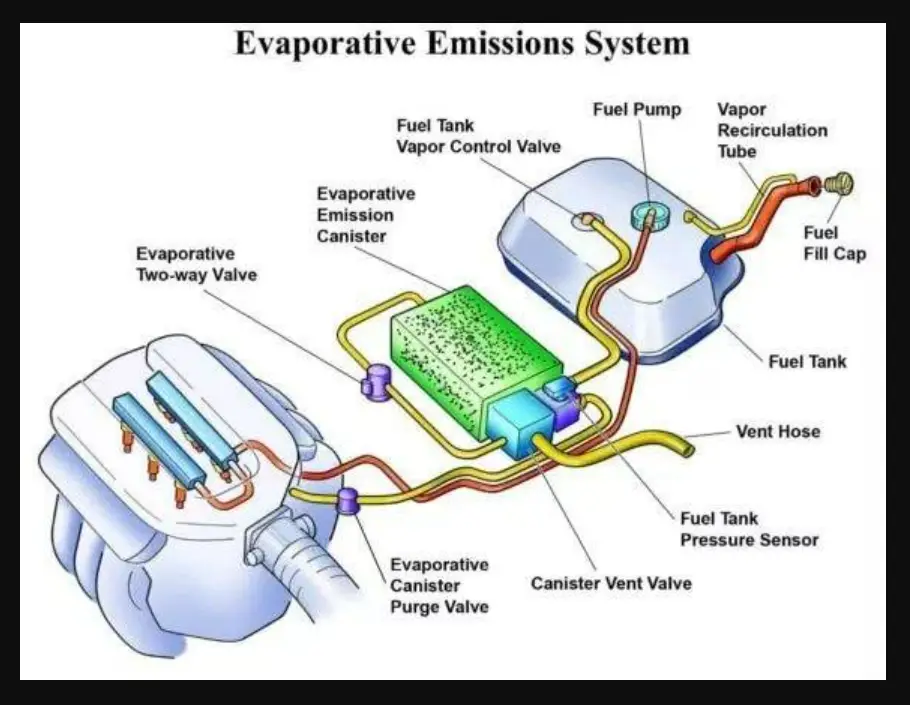
The Evap canister plays a crucial role in a vehicle’s emission control system. It captures and stores fuel vapor to prevent harmful emissions from being released into the atmosphere.
By understanding the function of the Evap canister, we can appreciate its significance for environmental compliance and vehicle performance.
Reasons for Bypassing the Evap Canister
There are situations where bypassing the Evap canister might be considered. A faulty Evap canister causing performance issues, difficulties in finding a replacement, or pursuing a custom modification for specific vehicle needs are some scenarios that might prompt someone to explore bypassing the canister.
However, it’s crucial to carefully weigh the pros and cons and consider the implications of such a modification.
Bypassing the Evap Canister: Methods and Considerations
If bypassing the Evap canister is deemed necessary, there are potential methods to achieve it. Direct hose rerouting or the installation of an Evap canister delete kit are possible approaches.
However, consulting with a professional mechanic or technician who can provide guidance and ensure the modification is carried out correctly is strongly recommended.
Solid Car Care
What are the Potential Consequences and Risks of Bypassing the Evap Canister?
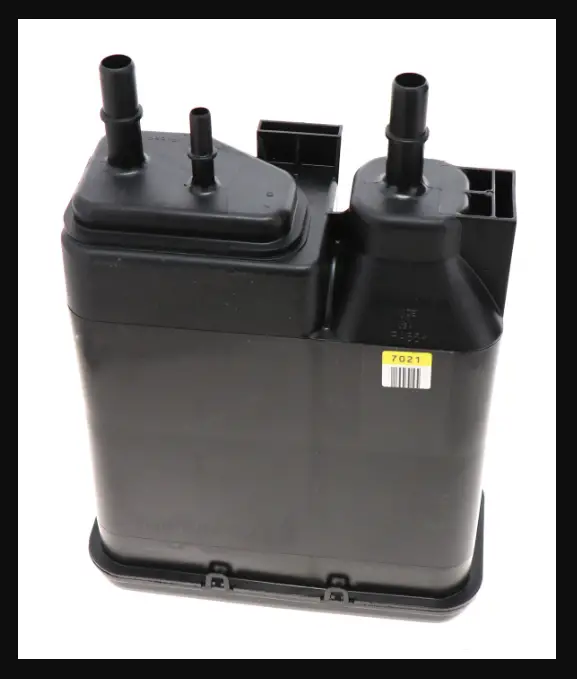
Bypassing the Evap canister can have several consequences and risks. It may lead to increased emissions and environmental pollution, potentially triggering the Check Engine Light (CEL) or Malfunction Indicator Lamp (MIL).
Furthermore, bypassing the Evap canister can result in the vehicle failing emissions tests, leading to legal ramifications. It’s essential to consider these factors before making any modifications.
To disable the evaporative emission (EVAP) system in your car, follow these steps:
Step 01– Locate the EVAP canister, which is typically situated under the hood, near the fuel tank. You may need to refer to your car’s manual or seek assistance online to find its exact location.
Step 02– Once you’ve located the EVAP canister, carefully disconnect the EVAP hoses from the canister. Take note of their positions and ensure you’re disconnecting the correct hoses. It’s crucial to handle the hoses with care to prevent any damage.
Step 03– After disconnecting the EVAP hoses, you’ll need to seal them off to prevent any air or fuel vapor leakage. Use either a hose clamp or a rubber stopper that fits securely over the hose openings. Ensure a tight seal to maintain the integrity of the system.
Step 04– Clear the EVAP codes from your car’s computer to reset the system. You have a couple of options to accomplish this. Firstly, you can use a scan tool specifically designed for reading and resetting vehicle codes. Connect the scan tool to the OBD-II port in your car (usually located below the dashboard) and follow the instructions to clear the EVAP codes.
Alternatively, you can disconnect the car’s battery for a few minutes, resetting the computer and clearing the codes. However, keep in mind that disconnecting the battery will also reset other settings, such as radio presets, so be prepared to reconfigure them afterward.
Once you’ve successfully disabled the EVAP system, you will no longer need to worry about regular checks for leaks or replacing the charcoal canister. However, it’s important to note that disabling the EVAP system may void your car’s warranty, so be aware of the potential implications.
Here are some additional tips to consider when disabling the EVAP system:
- Take extra caution when disconnecting the EVAP hoses to ensure you’re detaching the correct ones. Refer to your car’s manual or seek professional guidance if you’re uncertain. Disconnecting the wrong hoses could lead to damage to other engine components.
- When sealing off the EVAP hoses, choose a hose clamp or rubber stopper that precisely matches the hoses’ size. Using an ill-fitting clamp or stopper may result in leaks or damage to the hoses, defeating the purpose of disabling the system.
- Before you start driving your car after disabling the EVAP system, ensure that you clear the EVAP codes from the car’s computer. Failure to do so will cause the check engine light to remain illuminated, indicating an unresolved issue.
- If you lack the confidence or knowledge to disable the EVAP system yourself, it’s recommended to consult a professional mechanic. They have the expertise and experience to perform the task correctly. A mechanic can disable the system for you, ensuring proper disconnection of hoses, and also clear the EVAP codes from your car’s computer.
Remember to exercise caution and prioritize your vehicle’s safety and proper functioning when making any modifications.
Conclusion
In conclusion, bypassing the Evap canister is a complex decision that requires careful consideration. Understanding the function of the Evap canister, exploring the reasons for bypassing it, and being aware of the potential consequences are crucial.
It is highly recommended to consult with professionals who can provide expert advice and ensure compliance with regulations. Let’s remember the importance of environmental responsibility and strive to make informed decisions that align with the well-being of our vehicles and the environment.
What Happens If I Remove The ABS Fuse? Must Read
Solid Car Care
Some related FAQs
Why would someone want to disable the EVAP system in their car?
There could be several reasons. Some car enthusiasts disable the EVAP system for performance modifications, as they believe it can reduce restrictions in the intake system. However, it’s important to note that disabling the EVAP system is not recommended for regular vehicles and may void the warranty.
Will disabling the EVAP system improve my car’s performance?
Disabling the EVAP system is not a proven method to significantly enhance performance in most vehicles. It’s more commonly done as part of specific modifications by experienced car enthusiasts. For regular vehicles, it is generally not recommended to disable the EVAP system solely for performance gains.
Can disabling the EVAP system cause any issues or damage to my car?
Disabling the EVAP system itself may not cause immediate issues or damage, but it’s important to note that the EVAP system plays a role in minimizing harmful emissions and maintaining fuel system integrity. Disabling it could result in increased emissions, potential fuel vapor leaks, and may lead to compliance issues with local emissions regulations.
Will disabling the EVAP system affect my car’s fuel economy?
Disabling the EVAP system is unlikely to significantly impact fuel economy in most cases. The EVAP system primarily deals with the capture and control of fuel vapors, which are not directly related to the engine’s fuel efficiency.


